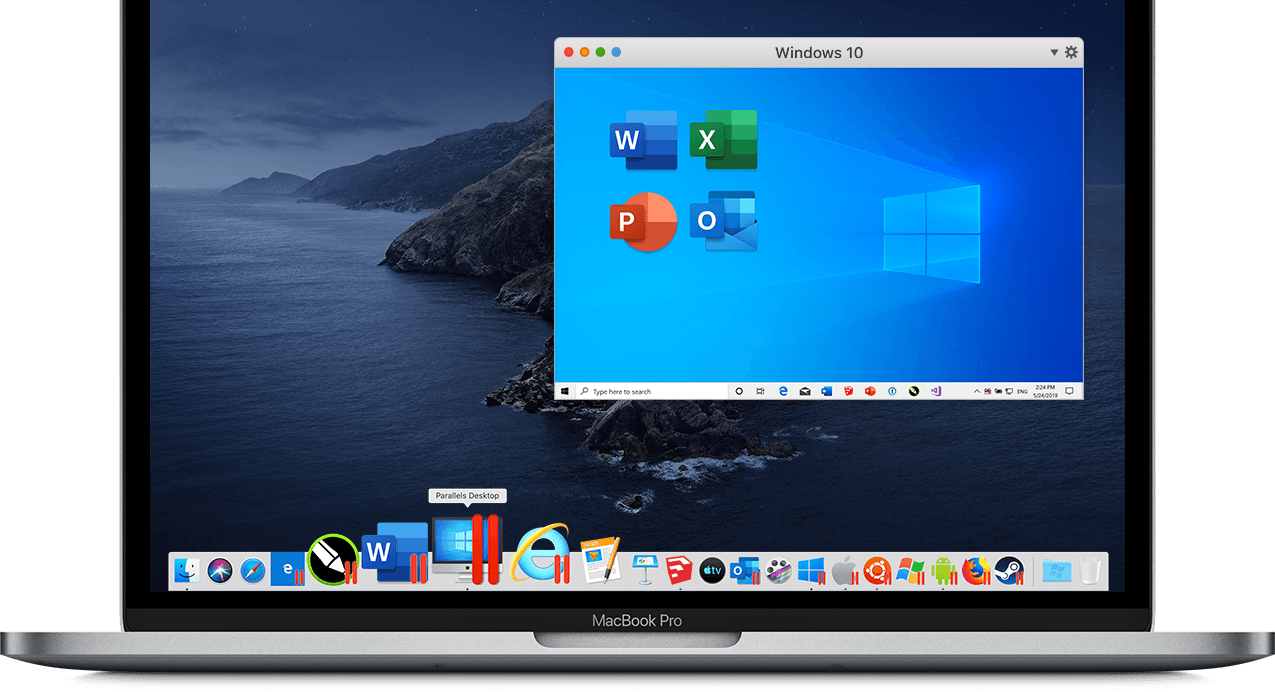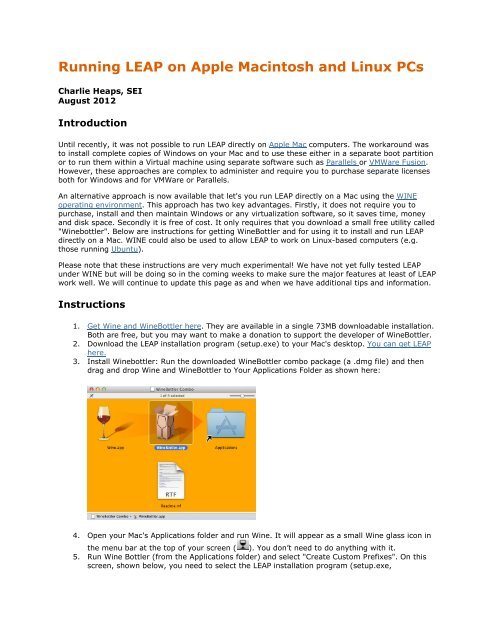

#Parallels for mac open exe windows
On M1 Macs, Parallels can run Windows 10, Ubuntu Linux, Fedora Workstation, Debian GNU/Linux, and Kali Linux.Īfter a user creates and launches their first VM, they'll be able to access Parallels' VM controls and toolkit. It can also run macOS versions from Big Sur 11 to Lion 10.7, as well as Ubuntu Linux, Fedora Linux, CentOS Linux SUSE, Red Hat, Debian, Fedora Core, Mandriva, FreeBSD, Debian GNU/Linux, Kali, Mint Linux, Solaris, openBSD, FreeBSD, ReactOS, and Android. On Intel-based Macs, Parallels allows users to run over 60 different OSes, including Windows 10, 8.1, 8, 7, Vista, XP, and 2000.

Those who want to work across multiple OSes simultaneously can run Parallels in a windowed or side-by-side mode, while those who want to immerse themselves in Windows or another OS can run Parallels in full-screen mode. For example, users can access their macOS files within Parallels VMs, copy and paste text across OSes, and choose to connect USB devices, such as flash drives, printers, and mobile devices, to either macOS or a VM (and reassign devices as needed).

Users can create and run Windows, Linux, Android, and even additional macOS VMs, each of which is integrated with the user's original instance of macOS. Parallels runs as an application within macOS and functions as a virtual machine (VM). It lets users seamlessly run non-macOS programs and switch between operating systems as needed. Parallels Desktop for Mac is an operating system virtualization program that allows Intel- and M1-based Mac users to run Windows and other operating systems (OSes) on their Mac. Screenshot of Parallels Desktop for Mac 16


 0 kommentar(er)
0 kommentar(er)
